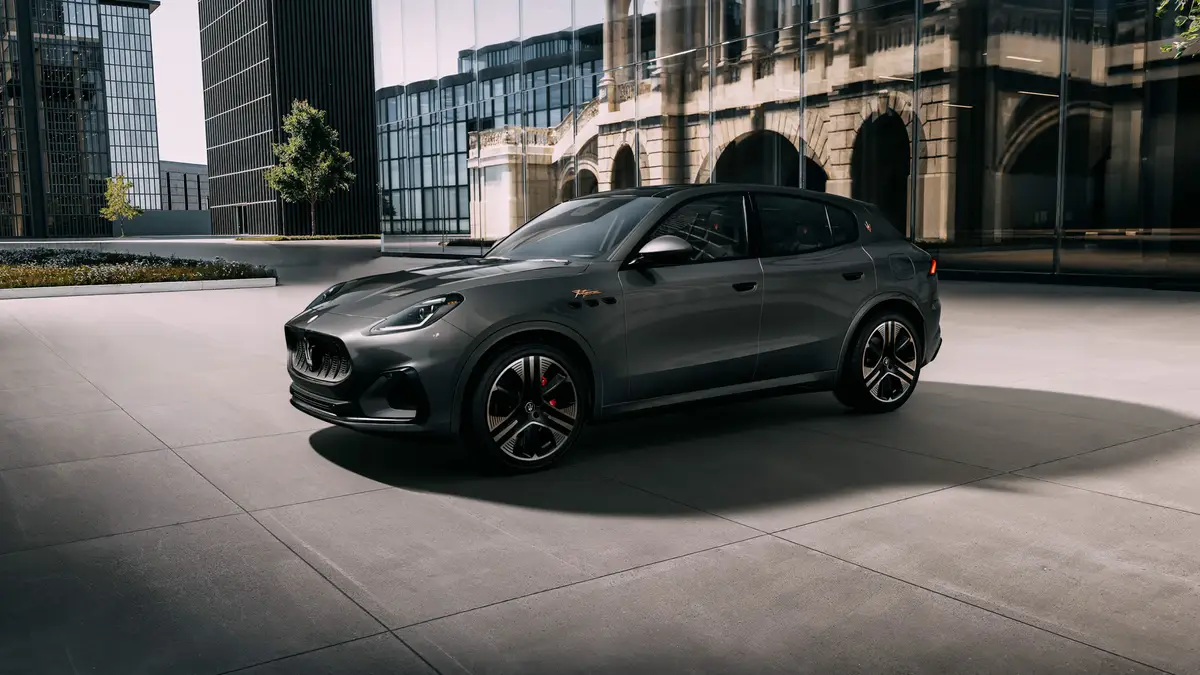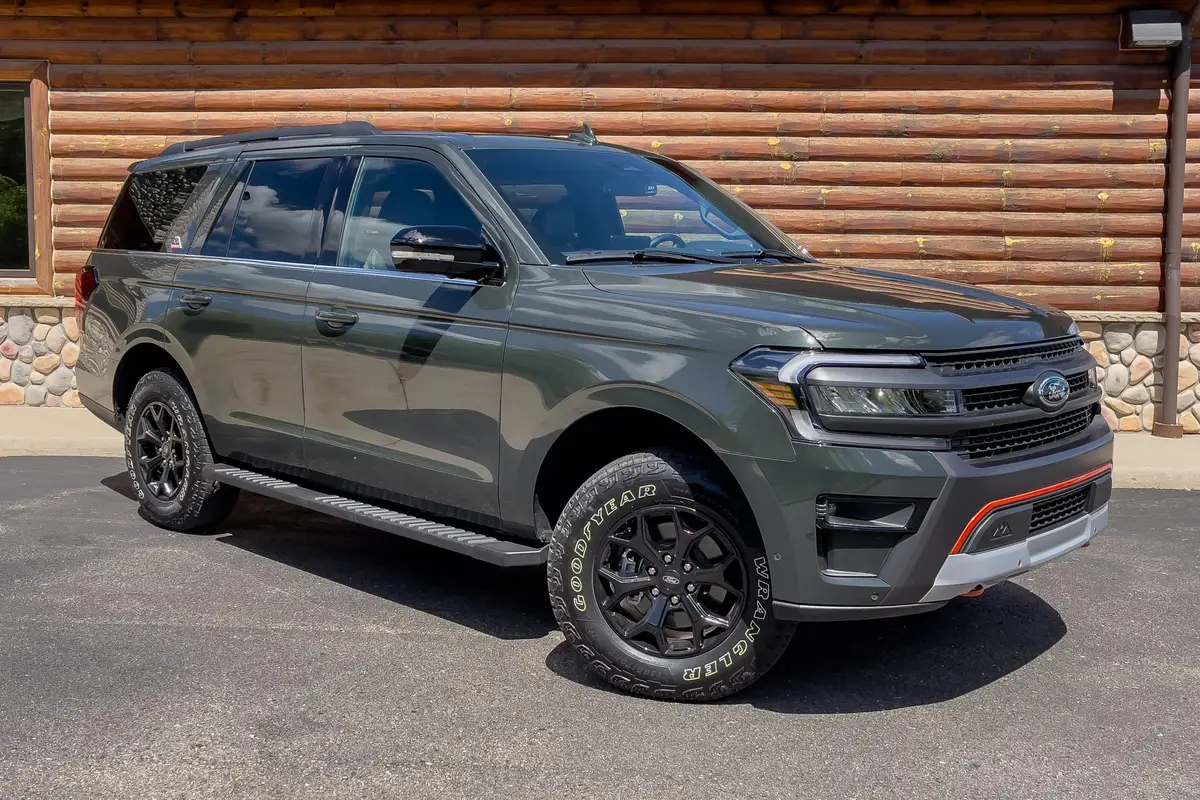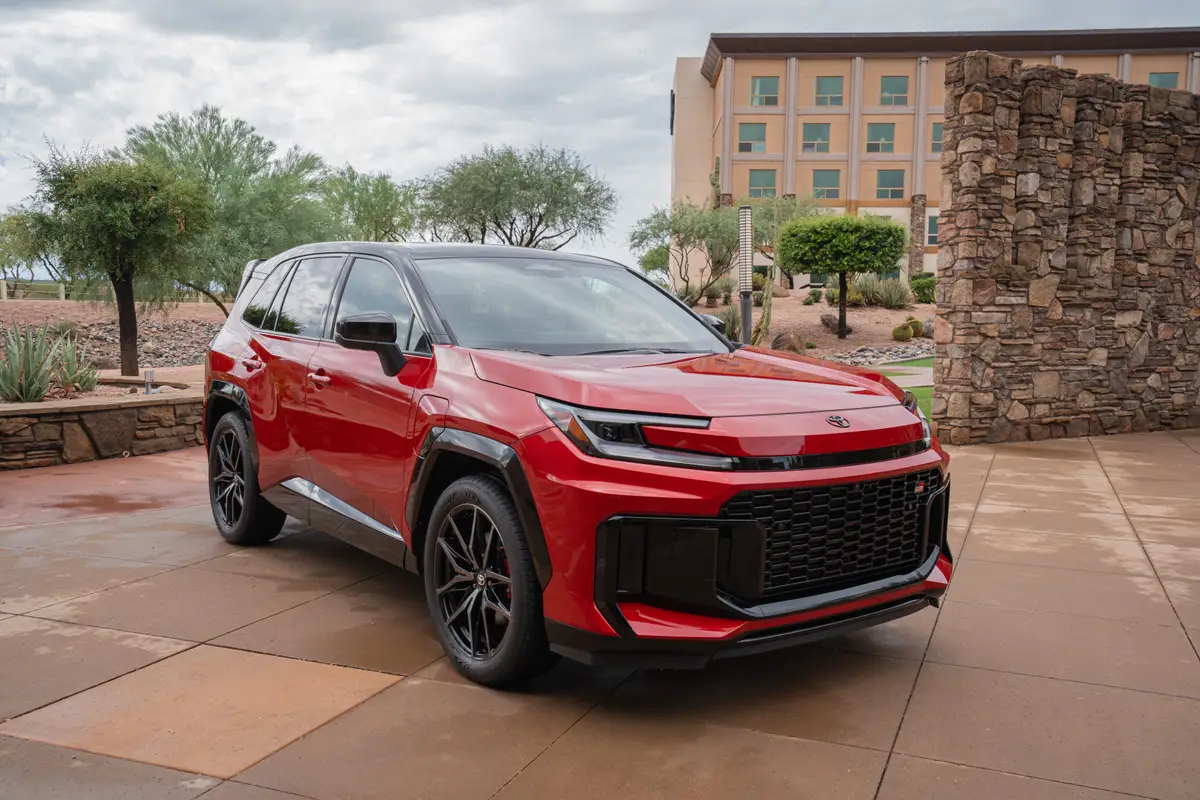The Morning Call and Mcall.com's view
The Merkur XR4Ti – Lincoln-Mercury Division’s German sports sedan – has distinguishing aerodynamic looks, impressive performance, great road ability and is almost as unknown as it was when introduced three years ago this month.
With some 600 models being offered this year, one might expect a couple to fall through the cracks now and then, and, for all intents, never to be seen or heard from again. Fortunately, the XR4Ti is not quite in this category, though not long removed from it. The Merkur XR4Ti is one of those good cars – and there are quite a few of them – that somehow are overlooked; by the manufacturer, dealer and potential buyer. This is not really an unknown phenomenon, and, if anything, points out the consumer has more than enough cars to chose from.
The XR4Ti, however, is also suffering from a common ailment affecting many imports – a lower dollar, which in this case means a stronger deutsche mark. All of this, of course, means a higher price tag and a good chance of pushing a car out of its intended slot in the lineup.
Aside from corporate planning (or lack of it) and the international monetary system, this is certainly a car worth looking into by the driving enthusiast.
Merkur, as one may or may not know, is German for Mercury and is pronounced ”mare-coor.” This may seem a bit basic, but very few people could pronounce the name of the test car. With so few around, maybe it doesn’t matter much.
The car is manufactured by Ford of Germany (Ford Werke Ag, Kohn, West Germany), which has been designing and manufacturing cars in Germany for more than 60 years. The Merkur XR4Ti is based on the highly successful European Ford Sierra XR4i, so it had quite a background even before its introduction in this country.
Even in an age of aerodynamic styling, the XR4Ti seems to go just a little further. From its bullet nose to its rear spoiler is a car that may not be well known but itcertainly won’t be mistaken for something else. The design is still as fresh as it was when introduced and it hasn’t changed since than. Well, just a little. For 1988, a single-plane rear spoiler replaces the previous biplane design, and color-coordinated polyurethane bumper and body side cladding are new.
Basic dimensions include a wheelbase of 102.7 inches, overall length of 178.4 inches, width of 68 inches, height of 53.8 inches and curb weight of 2,920 pounds. Right off you may notice that it is a little wider and a little heavier than most compacts. The extra width is most apparent in the interior that is roomier than it looks from the outside. Five adults can be seated in comfort, and, even if the front seats are extended fully aft, backseat leg room is still decent.
The car is also somewhat deceptive in that it is hatchback sedan, not just an ordinary sedan. With the back seat in place, the concealed cargo compartment measures a generous 17.1 cub ic feet. With the back seat folded, cargo capacity is increased to 35.7 cubic feet. Almost enough room to pack away one’s cares and woes. Or, at least, large enough to bring along plenty of possessions on a trip or vacation.
Driving the XR4Ti, as can be expected in a sports sedan, is an experience. Performance is above average and handling is quick and responsive. Definitely not a car for the daydreamer. The test car was equipped with a three-speed automatic transmission; making it easier to drive but taking away some of the sportiness and challenge (it also took away quite a bit of power and fuel mileage).
The car’s suspension features MacPherson struts, nitrogen-filled strut dampers and stabilizer bar up front. The independent rear suspension on this rear-drive car has semi-trailing arms, variable-rate coil springs, nitrogen shocks and stabilizer bar. There is a variable-ratio power-assisted rack-and- pinion steering system that goes lock-to-lock inon y 2.4 turns (remember, no daydreaming). Completing the package are Pirelli P600 steel-belted 195/ 60HR15 radials. Today everybody is into performance tires. But in the old sport car days, Pirelli P6s were the performance tire.
When all of this is taken together, the XR4Ti sticks to the road like sauerbraten sticks to the ribs. Wheel it, deal it, squeal it. Absolutely a blast. But, again, it is a sports sedan and this is what you are paying for and should expect.
Powering the XR4Ti is a turbocharged overhead-cam four-cylinder engine with multi-port fuel injection. It measures 2.3-liter/140-cubic-inches and even in the mild version is quick. For reasons best known to Ford Motor Company, there is a rather wide spread of horsepower between the automatic transmission version and the five-speed manual transmission version.
The automatic’s engine is rated at 145 horsepower at 4,400 rpm and 180 foot pounds torque at 3,000 rpm, while the manual transmission version has 175 horsepower at 5,000 rpm and 200 foot pounds torque at 3,000 rpm. Apparently, those who can’t drive a manual transmission, or choose not to, cannot be trusted with the higher horsepower.
Anyway, the test car with its ”wimp” engine was very quick but it quickly became apparent why it was. The automatic version is geared lower. This makes up for the difference in horsepower at low and middle range speeds but it has the engine running at higher rpm. For example the test car ran at about 3,000 rpm at 55-miles-per-hour, which is about 600 rpm higher than the manual version in fifth gear.
What it all comes down to is that the automatic uses considerably more gasoline than the manual version. According to the EPA estimates the three- speed automatic is rated at 18 miles per gallon city and 21 mph highway, and the five-speed manual at 20 city/25 highway. While EPA mileage figures shouldn’t be chipped into granite, they do at least provide relative comparison. In actual driving the test car averaged 14 miles per gallon for city driving and 19 mpg over the highways. Unleaded premium should be used.
Base price for the XR4Ti is $19,065 and includes a long list of standard equipment such as air conditioning, cast aluminum alloy wheels, power brakes and steering, fog lamps, electronic AM/FM cassette sound system with Dolby, dual power heated mirrors, multi-adjustable front seats and rear window defogger. The test car had a bottom line of $20,266. Other expenses included the tilt/slide screened moonroof, $549; automatic transmission, $427 and heated front seats, $225.
The vehicle is covered by Ford’s six-year/60,000-mile warranty on major components and a six-year/100,000 mile corrosion perforation warranty.
Latest news



